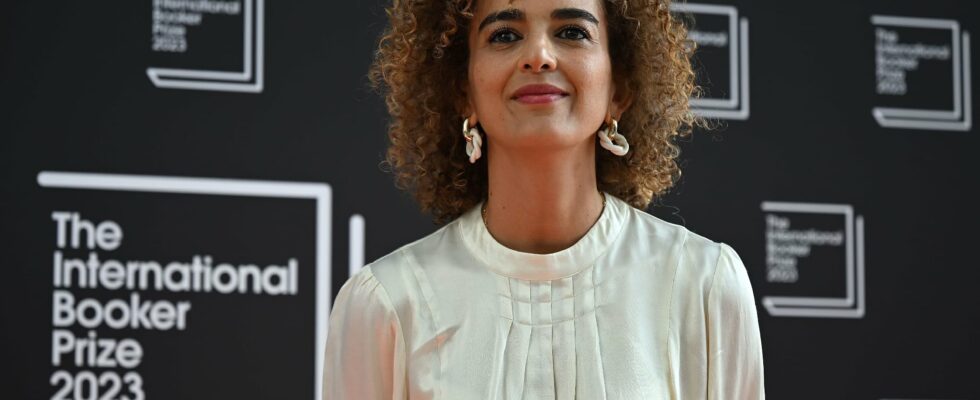The Morocco that laughs and the Morocco that cries, the Morocco of light and hospitality and that of obscurantism and state violence… These are indeed the two sides that run through the very beautiful family-inspired novels of Mahi Binebine and by Leïla Slimani whose titles respond strangely to each other, The night will take us away (Robert Laffont) for the first and I will take away the fire (Gallimard, January 23) for the second.
Let’s start with the Moroccan Mahi Binebine, a renowned painter and sculptor, who already evoked the figure of his brother Aziz languishing in the Tazmamart prison, in the story dedicated to his father, The King’s Fool (the jester of Hassan II) in 2017. This time, he made him the main character, or at least the big absentee, when after the attempted military putsch of 1971 against the king, Abel, the adored big brother of the narrator Sami and army cadet, is sent to Kenitra prison before disappearing from the registers. Propelling her mother, Mamaya, into deep despair and endless waiting: Mamaya will not stop going to the penitentiary plaza every week and putting food aside for her eldest child. The father having vanished, it is this courageous mother who must take responsibility for everything: the wanderings of her own mother, the formidable “Maman-du-bled”, widow of a captain “having made a pact with the devil” (i.e. the French), and the livelihood of his five children, all narrated by Mahi Binebine with great banter and tremendous sensitivity…
It is also a question of prison with the Franco-Moroccan Leïla Slimani, who here completes her successful trilogy The Land of Others (started in 2020) on the story of her maternal grandparents in post-war colonial Morocco and continued in 2022 with Watch us dance around the years 1968-1975 marked by the revolt of Moroccan youth and intellectuals against the intransigence of Hassan II. The prison is that of Salé, where Mehdi, Leïla’s father-in-law, was incarcerated in 2002, a deposed bank director then wrongly convicted of embezzlement. If the family is cultured and open-minded, the outside world remains dangerous, especially for “deviants”, such as Mia, the girl with homosexual inclinations who goes into permanent exile in France, just like her younger sister, the lovely Inès , future doctor.
In the meantime, in these years 1970-1980-1990, children and beggars wander the streets while police informers hide everywhere and you can disappear at any moment if you cross one of these three red lines: religion, the king, the Sahara. Also, Aïcha, the mother of the family, a gynecologist by trade, tries to instill in her daughters an aversion to risk. “She wanted cowardly children who would not think of being indignant,” notes the narrator who paints a marvelous portrait of “Aisha the saint,” who kills herself at work. The same goes for Selma, the aunt, a liberated woman if ever there was one. As for Mehdi, graduated as a major at the Financial Inspectorate, fully invested in the economic future of his country, he tries to forget the arbitrariness of the Court in literature, drinking and football.
Once again, the political and family fresco drawn by Leïla Slimani impresses with its accuracy and richness. On the power of literature to dissect souls and societies.
